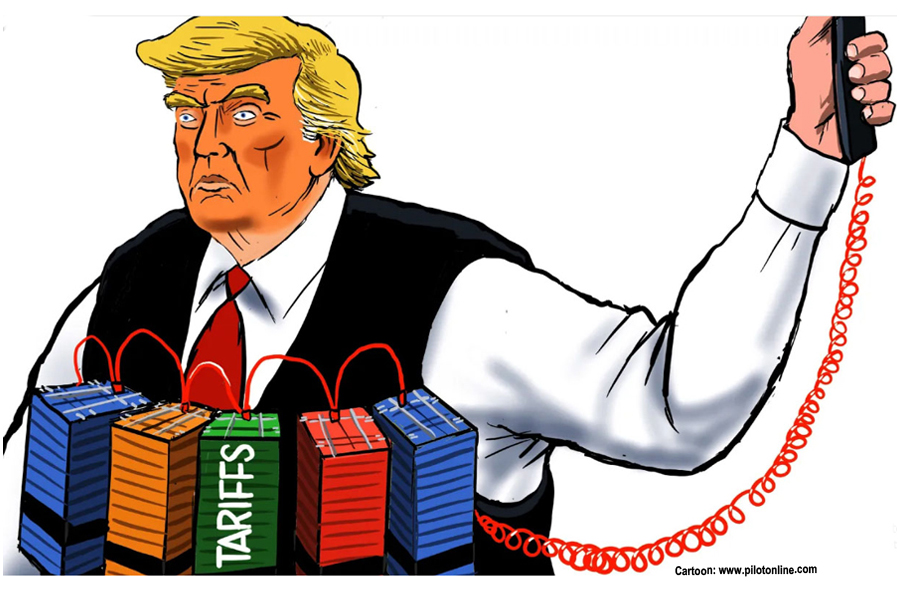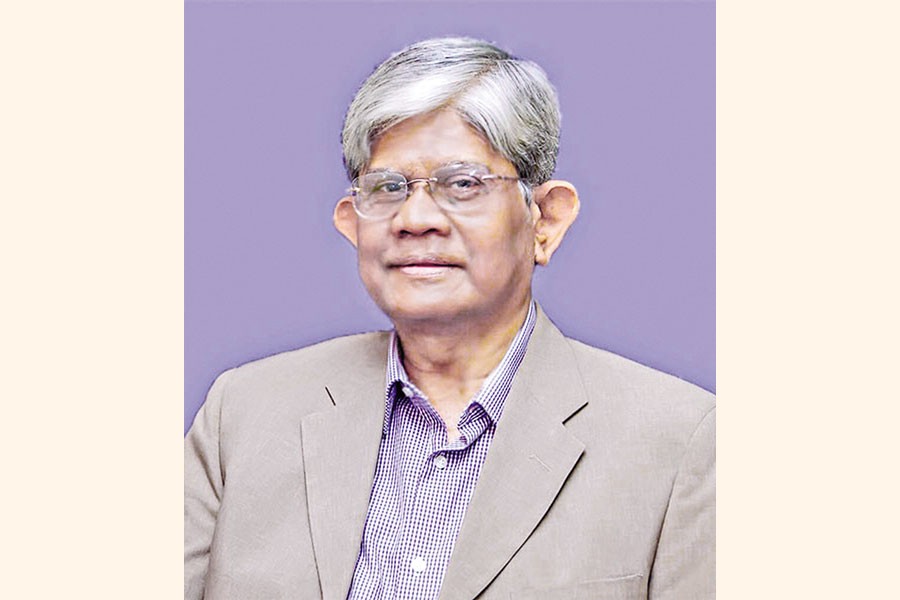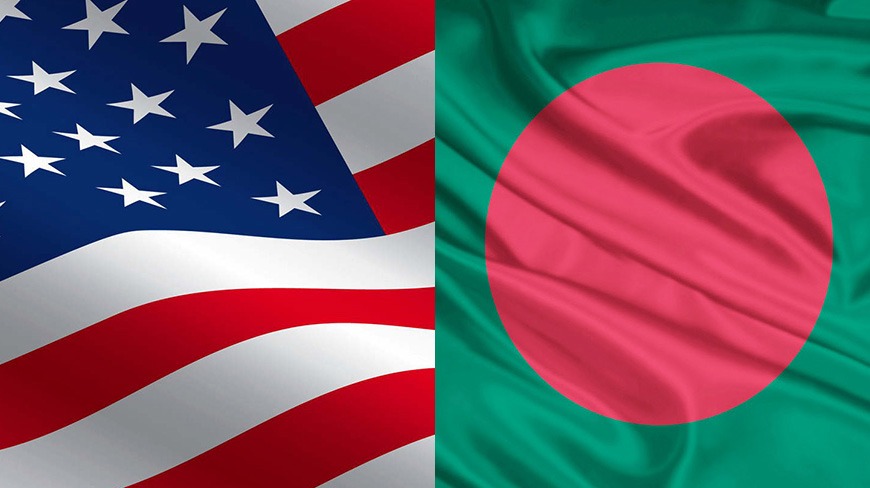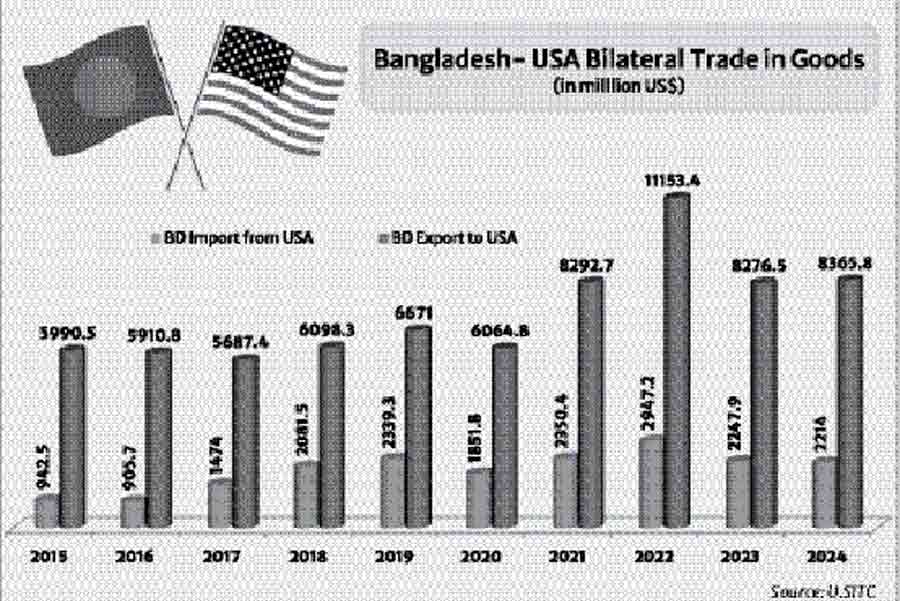Saif
Senior Member
- Joined
- Jan 24, 2024
- Messages
- 16,113
- Likes
- 8,059
- Nation

- Axis Group

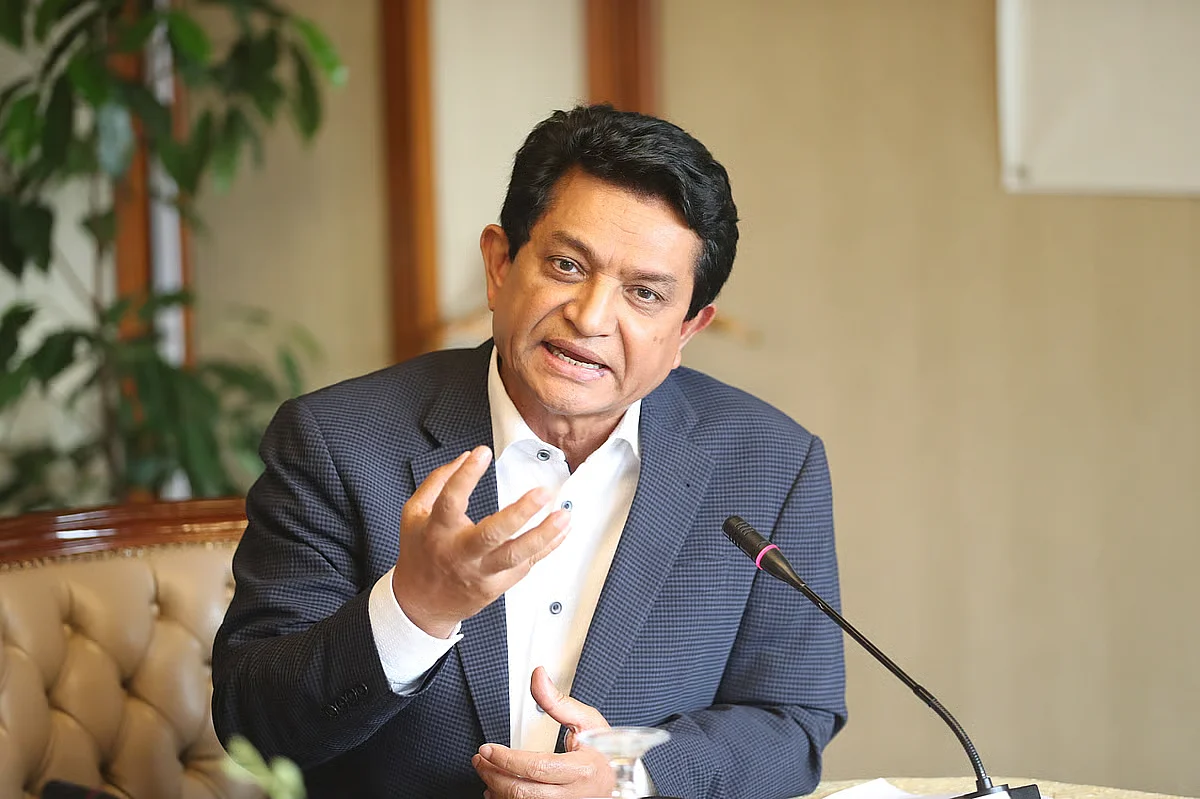
Never saw such crisis in 40 years: AK Azad
AK Azad, managing director of Ha-Meem Group, said he has never seen such a crisis in export sector in his 40 years of business experience.
Never saw such crisis in 40 years: AK Azad
Staff Correspondent Dhaka
Published: 20 Jul 2025, 16: 17

AK Azad, managing director of Ha-Meem Group Prothom Alo
AK Azad, one of the country’s leading exporters, a prominent business leader, and the Managing Director of Ha-Meem Group, said he has never seen such a crisis in the export sector in his 40 years of business experience.
He said, “We businesspeople have brought this sector to a respectable position, but now we are disappointed and frustrated.”
Sharing his experience from a recent meeting with a brand partner, AK Azad said, “A major brand called me to their head office and informed me that they tried to understand the position of the Bangladesh government through their own government. Their comment was: ‘Your position is weak; no good outcomes are expected.’” This made AK Azad frustrated.
In response to the situation, AK Azad called several advisers. He said, all of them took the issue seriously. The next day, the commerce adviser called him and said that apparently, Azad’s actions created a stir, and everyone was now calling the commerce adviser.
AK Azad further said that the adviser told him 95 per cent of the issues had already been resolved. The remaining 5 per cent were being worked on with various ministries. What that businesspeople would do by joining various discussions. He argued that even if the government loses revenue of Tk 20-30 billion, the country would benefit more if there is an additional export of USD 5 billion. He believes that this initiative will succeed.
Given the current context, AK Azad highlighted the buyers’ positions, saying, “One of my buyers emailed me saying that if the tariff imposed on Bangladesh starting from 1 August is not lifted, I will have to bear 35 per cent of the tariff myself. The question is—how am I supposed to bear that cost?”
AK Azad cited his experience from Indonesia. He said, “I have a joint venture in Indonesia. There, the government and businesses work together. They appointed lobbyists and engaged in discussions at every level. But in Bangladesh, we did not get such an opportunity.”
On the topic of the interim government’s tenure, AK Azad said, “You are saying that you are in charge for seven or eight months, and then you will leave. But where will we go then? To whom are you handing us over?”
AK Azad added, “Everyone thinks that there is someone above us who will blow a whistle and all problems will vanish. Because of this belief, we are not being evaluated at all; there is no thought of appointing any lobbyists either.”
Yesterday, Saturday, the government announced that the USTR (Office of the United States Trade Representative) will not determine tariffs. That it will be decided by the Trump administration. Addressing the government, AK Azad said, “If you can, please try to act at that level.”
The government said that they have already started the process of appointing lobbyists and taking other necessary steps quickly. But AK Azad said, “At this point, we do not even know how far we can go or what can be achieved by appointing lobbyists. Bangladesh is going through such a difficult situation.”
Staff Correspondent Dhaka
Published: 20 Jul 2025, 16: 17
AK Azad, managing director of Ha-Meem Group Prothom Alo
AK Azad, one of the country’s leading exporters, a prominent business leader, and the Managing Director of Ha-Meem Group, said he has never seen such a crisis in the export sector in his 40 years of business experience.
He said, “We businesspeople have brought this sector to a respectable position, but now we are disappointed and frustrated.”
Sharing his experience from a recent meeting with a brand partner, AK Azad said, “A major brand called me to their head office and informed me that they tried to understand the position of the Bangladesh government through their own government. Their comment was: ‘Your position is weak; no good outcomes are expected.’” This made AK Azad frustrated.
In response to the situation, AK Azad called several advisers. He said, all of them took the issue seriously. The next day, the commerce adviser called him and said that apparently, Azad’s actions created a stir, and everyone was now calling the commerce adviser.
AK Azad further said that the adviser told him 95 per cent of the issues had already been resolved. The remaining 5 per cent were being worked on with various ministries. What that businesspeople would do by joining various discussions. He argued that even if the government loses revenue of Tk 20-30 billion, the country would benefit more if there is an additional export of USD 5 billion. He believes that this initiative will succeed.
Given the current context, AK Azad highlighted the buyers’ positions, saying, “One of my buyers emailed me saying that if the tariff imposed on Bangladesh starting from 1 August is not lifted, I will have to bear 35 per cent of the tariff myself. The question is—how am I supposed to bear that cost?”
AK Azad cited his experience from Indonesia. He said, “I have a joint venture in Indonesia. There, the government and businesses work together. They appointed lobbyists and engaged in discussions at every level. But in Bangladesh, we did not get such an opportunity.”
On the topic of the interim government’s tenure, AK Azad said, “You are saying that you are in charge for seven or eight months, and then you will leave. But where will we go then? To whom are you handing us over?”
AK Azad added, “Everyone thinks that there is someone above us who will blow a whistle and all problems will vanish. Because of this belief, we are not being evaluated at all; there is no thought of appointing any lobbyists either.”
Yesterday, Saturday, the government announced that the USTR (Office of the United States Trade Representative) will not determine tariffs. That it will be decided by the Trump administration. Addressing the government, AK Azad said, “If you can, please try to act at that level.”
The government said that they have already started the process of appointing lobbyists and taking other necessary steps quickly. But AK Azad said, “At this point, we do not even know how far we can go or what can be achieved by appointing lobbyists. Bangladesh is going through such a difficult situation.”



